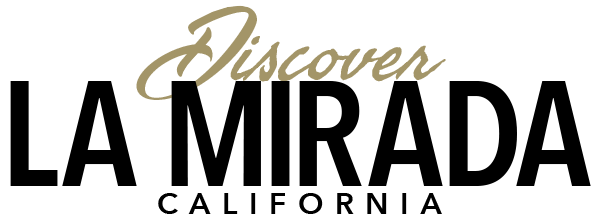A short 45-minute drive to the north of La Mirada is The Huntington Library, one of the world’s great cultural, research, and educational centers in San Marino, California. It was founded in 1919 by Henry E. Huntington, a businessman who built a financial empire that included railroad companies, utilities, and real estate holdings in Southern California.
Huntington was also a man of vision – with a special interest in books, art, and gardens. During his lifetime, he amassed the core of one of the finest research libraries in the world, established a splendid art collection, and created an array of botanical gardens with plants from a geographic range spanning the globe. These three distinct facets of The Huntington are linked by a devotion to research, education, and beauty.
Besides the collection of rare books and manuscripts in the library, the institution houses an extensive art collection with a focus on 18th- and 19th-century European art and 17th- to mid-20th-century American art, and includes approximately 120 acres of specialized botanical landscaped gardens, most notably the “Japanese Garden”, the “Desert Garden”, and the “Chinese Garden”. The Huntington Library, Art Collections, and Botanical Gardens have something for everybody.
Library
The Library’s collection of rare books and manuscripts in the fields of British and American history and literature is nothing short of extraordinary. For qualified scholars, The Huntington is one of the largest and most complete research libraries in the United States in its fields of specialization. For the general public, the Library has on display some of the finest rare books and manuscripts of Anglo-American civilization. Altogether, there are about 6 million items.
Among the treasures for research and exhibition are the Ellesmere manuscript of Chaucer’s Canterbury Tales, a Gutenberg Bible on vellum, the double-elephant folio edition of Audubon’s Birds of America, and a world-class collection of the early editions of Shakespeare’s works.
The Huntington also is among the nation’s most important centers for the study of the American West, with an unsurpassed collection of materials that span the full range of American western settlement, including the overland pioneer experience, the Gold Rush, and the development of Southern California.
The Munger Research Center, the newest addition to the Library structure, adds 90,000 square feet of space for scholars and staff, preservation, conservation, and storage.
Art Collections
The Art Collections are distinguished by their specialized character and elegant settings in three separate galleries on the Huntington grounds. A fourth space, the MaryLou and George Boone Gallery, hosts changing exhibitions. The Huntington Art Gallery, originally the Huntington residence, contains one of the most comprehensive collections in this country of 18th- and 19th-century British and French art. It serves as home to Gainsborough’s Blue Boy and Lawrence’s Pinkie. On display in the Virginia Steele Scott Galleries of American Art, The Huntington’s American art collection includes works from the 1690s to the 1950s, including important paintings such as Mary Cassatt’s Breakfast in Bed, Frederic Edwin Church’s Chimborazo, and Edward Hopper’s The Long Leg.
Botanical Gardens
The Botanical Gardens are an ever-changing exhibition of color and a constant delight. Covering 120 acres, more than a dozen specialized gardens are arranged within a park-like landscape of rolling lawns. Among the most remarkable are the Desert Garden, the Japanese Garden, the Rose Garden, and the Chinese garden. The camellia collection is one of the largest in the country. Other important botanical attractions include the Subtropical, Herb, Jungle, and Palm gardens.
To the north of the Scott Galleries sits the Botanical Education Center, featuring the Helen and Peter Bing Children’s Garden, the Teaching Greenhouse, and The Rose Hills Foundation Conservatory for Botanical Science. The Conservatory provides children and families with exhibits designed to capture the imagination, engage the senses, and teach some of the fundamentals of botany. The Children’s Garden is most suitable for kids ages 2-7; the Conservatory is designed for middle-school-age students.
Click here for directions and more information on The Huntington or click here for to explore more museums in the Los Angeles area.
